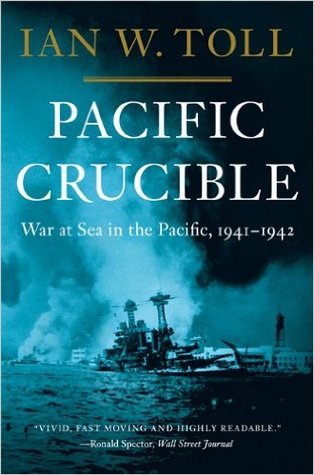More on this book
Community
Kindle Notes & Highlights
by
Ian W. Toll
Read between
June 29 - September 20, 2024
The times were tumultuous. Riots were endemic in both the cities and the country, usually prompted by wages, food prices, or rents. Landlords and employers were often targeted by death threats, and in turn hired gangs of thugs to break strikes and enforce contracts. Upstart business tycoons flaunted their recently won riches, and surreptitiously deployed their wealth to sway elections.
but in Japan, a much larger ratio of airmen were recruited from the ranks of enlisted men and petty officers already serving in the fleet. Commissioned officers were always a privileged minority of the naval air corps, and Etajima graduates an even smaller percentage. Most of the Japanese aces were non-commissioned officers, and as Osamu Tagaya observes, “It was they who did most of the flying, the fighting, and the dying.” Beginning in the late 1920s, teenaged boys aged fifteen to seventeen were recruited directly into naval flight training out of Japanese schools through a program known as
...more
Well no shot! Who'd have thought if you were smart enough to fix one, with a little more training you could fly one too


